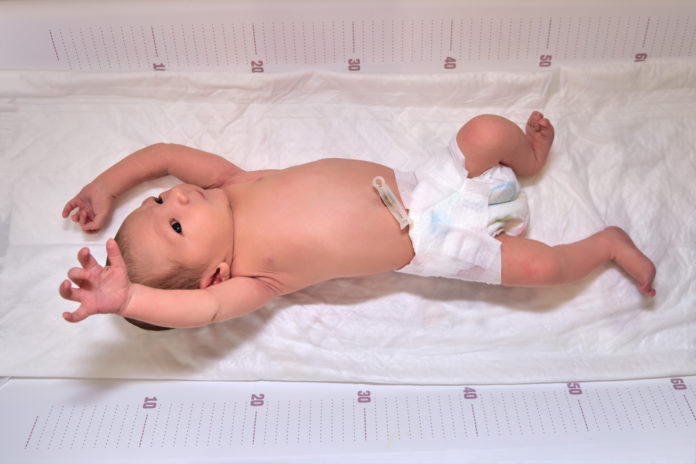Overview
When babies are born, they transition from the warm and protected environment in the womb to a widely different outside environment. Everything is brand new to them, and they are born with various reflexes to cope with the changes. The rooting reflex is one such reflex that helps newborn babies to nurse.
This blog is a comprehensive guide to rooting reflexes and their uses.
What is the rooting reflex?
Babies are born with a rooting reflex to help themselves find the breast or a bottle during the initial weeks of their life. It happens when the corner of the baby’s mouth touches the nipple of the bottle or breast. It’s one of the many reflexes or unconscious motions that babies are born with. For the first few months post-birth, babies depend upon the rooting reflex to naturally turn their heads toward the breast or bottle.
When does it happen?
Reflexes that a baby develops while in the womb are usually present since their birth. If a baby is born prematurely, before 28 weeks, their rooting reflex may not yet be present. From 28 to 30 weeks, the development of a rooting reflex typically begins. A premature infant may start sucking but won’t be able to turn their head and reach out to breasts. Bottle-fed babies, too have a rooting reflex since they turn their heads in search of bottles.
A premature infant may need the assistance of a feeding tube to get adequate nutrition, and the hospital staff may help the mother with it. Sometimes intravenous feeding or finger feeding may also be employed. The healthcare provider may create a feeding strategy to feed the baby until the child is ready to latch.
How long will the rooting reflex last?
Rooting reflexes last until the baby turns four months old. One may feel the baby loses the rooting reflex as they grow older. But it is the baby becoming adept with nursing and feeding. They may realise their feeding schedules as they grow old and understand that they need not look for the nipple and may even turn their head away while being fed.
When to see a doctor?
The mother can check the rooting reflex of a baby by softly patting the cheek or side of the mouth. This touch should make the baby tilt its head towards that side. If this is not happening, then there may be a need to consult a healthcare provider. They may recommend the consultation of a lactation expert to help the mother with breastfeeding challenges.
The baby’s stomach will be smaller during the first few weeks of birth. So, it is perfectly normal for the baby not to suckle too much milk, and there is no need to worry. But the mother may have to feed frequently since it encourages milk production. One easy way to confirm if the baby is getting enough milk is by checking their diapers. A breastfed infant must have at least three wet diapers daily. It will gradually increase to five or more as the baby grows. The baby can be taken to the paediatrician if the quantity of wet diapers is less or if the baby is not reaching the desired weight.
What is the difference between the rooting and sucking reflex?
The rooting and sucking reflexes are essentially different and serve different purposes. The rooting reflex allows the babies to naturally move their heads toward the mother’s nipples in search of food. The sucking reflex occurs later when the baby’s roof of the mouth touches the nipple of the breast or bottle. The sucking reflex helps the baby to nurse automatically.
These are not the only reflexes babies are born with. Other reflexes include the Moro reflex, tonic neck reflex, grasp reflex, step reflex and Babinski sign reflex to help themselves during the first few weeks of their life.
How to handle breastfeeding challenges?
If a baby is not latching or rooting correctly or the mother feels breastfeeding challenges, the baby should be checked by a paediatrician.. It is always better to feed a baby when needed, not according to a plan. Also, if the baby’s weight is not increasing , the mother may have to try to feed more by trying hand-expressing or pumping the breast milk. It may help the baby get enough nutrition until milk production in the mother is completely developed. It is also essential for the mother to consume nutritious and calorie-dense food to support milk production.
Conclusion
Reflexes in a baby are nature’s way of helping the baby get through the first few weeks of life by enabling them to locate a breast or bottle nipple and feed.
One cannot expect all babies to master nursing as soon as they are born. They may take their own time, or the mothers may have to get the aid of a paediatrician or lactation consultant to help them with the child’s reflexes and other breastfeeding challenges. Most babies start to root, suck, and latch correctly with proper assistance.
Frequently Asked Questions
1. Which reflex shows up first in babies- rooting or sucking?
The rooting reflex is the first reflex babies have. The sucking reflex follows later when their mouth’s roof touches the food.
2. When do babies leave behind their reflexes?
When newborns turn four months old, their brain development improves, allowing them to process more information without reflexes. It will enable them to leave all the reflexes behind and go ahead with the cues they receive from their surroundings.


















